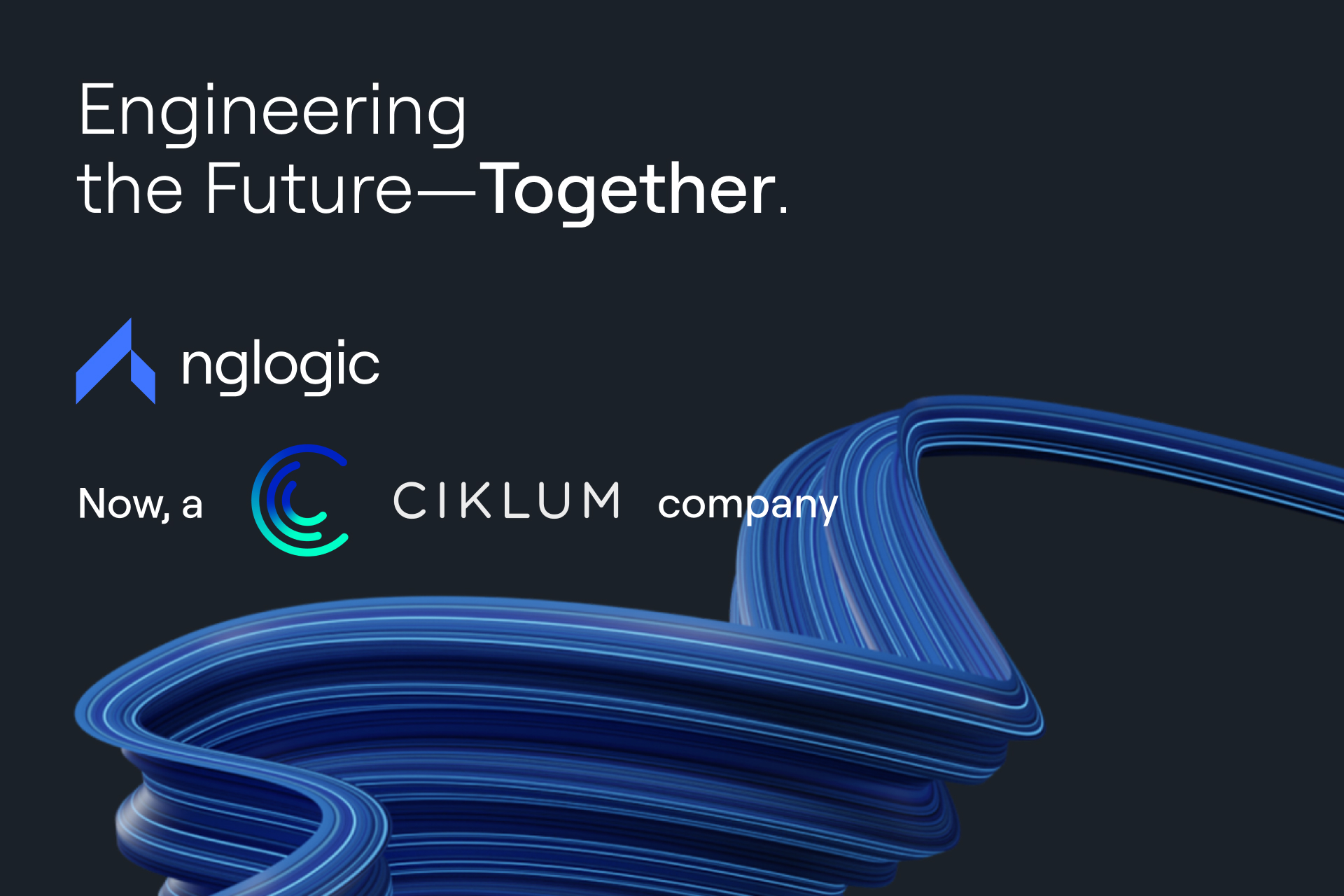With the popularity of the scrum framework among software development teams, it’s growingly important to learn how a scrum team works to meet its goals.
Scrum Process Overview
Scrum is an agile project management framework widely used in IT but can be applied to other fields as well. The framework facilitates the management of complex projects by promoting adaptability, continuous feedback, and teamwork among team members. Regular inspection and adaptation ensure that the product continuously evolves in response to stakeholder input and changing requirements.
Sprint Planning In Scrum Framework
At the beginning of each sprint, the team holds a sprint planning meeting. They select a set of items from the product backlog that they believe they can complete during the sprint. The items are broken down into smaller tasks, and the team creates a sprint backlog.
A sprint is a time-boxed period of around two weeks (could be more or less depending on the project) during which the team works on delivering a potentially releasable product increment. The team holds daily stand-up meetings to synchronize their work, discuss progress, and identify any obstacles.
The team has daily scrum 15-minute meetings (standups) to discuss progress and plan their work. After each sprint, they review their completed work with stakeholders and reflect on ways to improve for the next sprint.
At the end of each sprint, the team delivers a potentially shippable product increment. The product owner decides whether to release a story or an epic or include it in subsequent sprints. The process then repeats for the next sprint, with the team selecting new items from the product backlog, planning their work, and executing the sprint.
Agile Scrum Roles
To perform scrums, the company’s team needs to assign roles to particular members or groups and divide their duties in the process.
The Scrum Master is not the project manager but acts as a buffer between the team members and other teams and also the company’s entire organization and board. They serve as servant-leaders for the development team and promote collaboration and self-organization, which in turn helps the team to continuously improve.
The individual responsible for overseeing a project’s development is commonly referred to as the Product Owner. As the primary stakeholder, they possess a comprehensive knowledge of the system and comprehend what needs to be done and for what purpose. Their duties include setting goals for each sprint and determining the order of priority for tasks in the product backlog.
Scrum Team is a small team that is often called “The Development“, but does not necessarily consist of code developers only – it will include all kinds of workers with different roles that are necessary to complete epics. The team has the autonomy to decide how the work to accomplish the product owner’s goals is to be broken down and tackled.
In larger projects, there can be additional roles in the process. For one, more Stakeholders can be established. They are the people who have a vested interest in the project but are not part of the Scrum Team, e.g. customers, vendors, or members of other departments.
Additionally, an Agile Coach can be useful in larger organizations where multiple teams are using Scrum. This role is not part of the traditional Scrum team but can provide support and advice to Scrum Masters, Product Owners, and development teams to help them get the most out of the Scrum process.
Self-Managing Scrum Teams
Scrum Teams are responsible for managing themselves, including making decisions on how to carry out their work. They prioritize the goals of the product owner over directives from a manager and determine how tasks will be divided and approached.
In the self-management process, a scrum team uses their diverse skills and knowledge to deliver a high-quality product. This involves a different approach to getting work done and requires continuous learning and adaptation.
There is a multitude of advantages that Scrum Teams derive from self-management. This methodology allows for greater autonomy and enables teams to take ownership of their work, ultimately resulting in the delivery of high-quality value to stakeholders. Moreover, the transparency inherent in Agile methodology ensures that all actions and decisions are consistently aligned with the broader objectives of the project, which fosters a culture of accountability and collaboration within the team.
In the Scrum framework, team members rely on self-management to efficiently handle the intricacies of their tasks. They have control over their processes, manage their own workload, and hold themselves accountable for achieving positive outcomes.
Are Managers Obsolete In A Scrum Team?
Not exactly. The self-organizing aspect of scrum workflow doesn’t mean that everyone is on their own with their tasks. Managers chosen for scrum master positions gain a different set of responsibilities in that setting, and they can be boiled down to two aspects.
The first one is similar to that of a coach and focuses on empowering all the team members and making sure they have the right tools and circumstances to fulfill their tasks. The second one is creating good work environments that allow developers to self-organize their tasks and resources.
How Scrum Team Can Work Together Effectively?
In its essence, every scrum project is a collaborative effort. Agile teams need to be constructed with efficiency and frequent delivery in mind.
Setting Up A Discovery Phase
In the project’s lifecycle, the discovery phase is an essential initial stage in Scrum. It is typically carried out at the project’s onset and serves to collect valuable information that minimizes uncertainties and establishes the necessary groundwork for delivery.
During this phase, the team identifies and understands the user’s problems and the business requirements. Researching and understanding user issues are integral to the Discovery phase, as the product’s success heavily relies on whether it solves any users’ problems.
Further down the road, certain teams utilize this stage to concentrate on specific work items with the aim of achieving desired outcomes, such as delivering value and acquiring valuable new knowledge. The insights acquired during the Discovery phase are carried over to the product backlog, which is subsequently refined and prioritized by the Product Owner.
Effective Standups Of A Development Team
Stand-up is a type of daily scrum meeting. They should be time-boxed to around 15 minutes. In an office environment, participants are encouraged to stand to keep the meeting focused and brief. Each scrum team member should answer the three questions: What did I accomplish since the last stand-up? What am I planning to work on today? Are there any obstacles or issues blocking my progress?
The focus should be on commitments and progress toward the sprint goal. Active listening is important, and team members should address any obstacles or issues that arise. Refinement is encouraged, with the team reflecting on effective collaboration and making adjustments as necessary. By adhering to these practices, daily meetings can synchronize the team, maintain transparency, address obstacles, and contribute to the overall success of a scrum team.
Cross-Functional Teams
Cross-functional teams consist of members who possess all the necessary skills to deliver a product increment, reducing the need for coordination and dependencies between different functions and departments.
Teams that possess a full range of necessary skills can improve their work processes, remove impediments, and deliver more value. Also, varied functional expertise encourages collaboration and promotes efficient teamwork. It helps to triage which tasks can be best performed by whom and makes it easier to double-check each other’s work.
Retrospective Meetings
Sprint Retrospective meetings in Scrum, also called just sprint reviews, are essential for iterative improvement in a team’s processes. Typically held at the end of each sprint, these meetings serve as an opportunity for the Scrum Team to reflect on the previous sprint and identify areas for improvement. The discussions focus on what went well, what didn’t go as planned, and how to enhance processes in the upcoming sprint.
During the Sprint Retrospective, the team follows a structured approach. Firstly, they discuss and acknowledge the successful practices and processes that positively impacted the sprint. Secondly, they address any obstacles or challenges faced, identifying areas of difficulty or dissatisfaction. Lastly, the team collaborates to devise solutions and plan changes to implement in the next sprint, aiming for continuous improvement.
Thus, a sprint review provides dedicated time for the team to assess their overall performance and identify effective practices that contribute to their success.
Pitfalls Of Scrum Events And Organization
The Agile methodology, while popular for its flexibility and iterative approach, has several potential downsides. These include the lack of predictability and difficulty in estimating project timelines, scope creep due to fluctuating requirements, challenges with documentation maintenance, and potential neglect of long-term architectural planning and design.
Scrum framework might pose the risk of challenges with managing dependencies and integration in larger projects, the time-consuming nature of meetings, difficulties in effectively managing frequent changes, and limited applicability in certain project contexts.
These are, of course, only potential worries of working with that framework, and countermeasures might be undertaken to mitigate them. Careful planning, training, and implementation allow Agile Scrum to remain a highly effective approach for many organizations.













 +1 (888)
413 3806
+1 (888)
413 3806